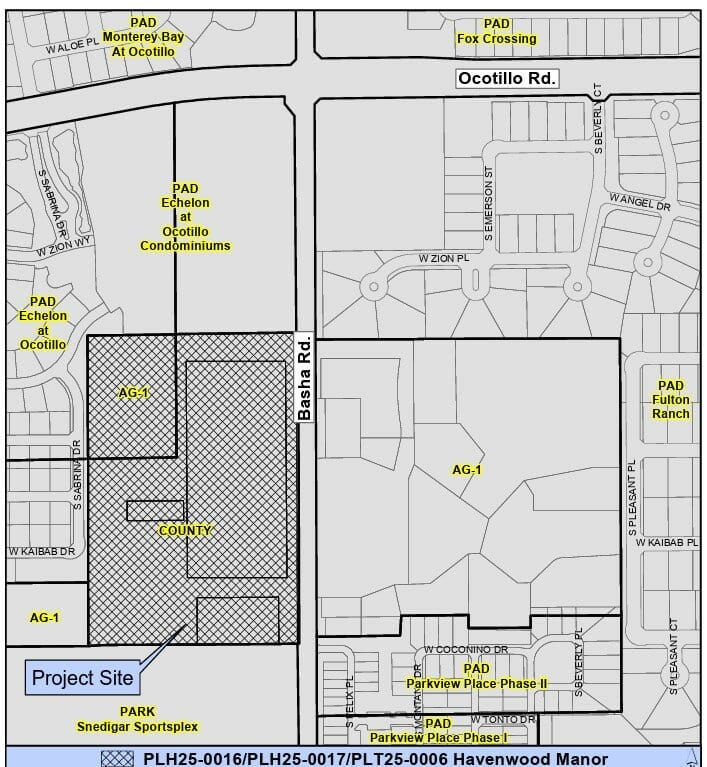By Edward Celaya | Arizona Daily Star
When Arizona voters approved Proposition 207 last November, they did not just choose to join the more than 15 other states and the District of Columbia to legalize an adult-use marijuana program. They also choose to implement a new tax on the sales of the drug.
With the news last week that Arizona’s adult-use recreational and medical marijuana programs brought in more than $115 million in tax revenue to state coffers this year through July, and about $53 million of that attributable directly to Prop. 207, industry insiders are excited.
“The Arizona Department of Revenue’s updated figures on this year’s marijuana tax revenue to date demonstrates that the decision to legalize adult-use marijuana was the right decision ethically and fiscally,” Samuel Richard, executive director for the Arizona Dispensary Association said in a news release.
The new recreational law allows all adults in Arizona to possess up to an ounce of the drug and grow up to six marijuana plants without facing criminal charges. But where those tax dollars go and how they can be used is also tied to the language of the law.
Here’s a breakdown of where all that money is going, and in some cases, how it can be used.
What taxes are collected
First, there are two main taxes on marijuana and marijuana-related products.
The first is known as a transactional privilege tax, or TPT tax, and is similar to a sales tax.
“As the name implies, you are essentially paying a fee for the privilege to transact and conduct business,” Richard said.
The TPT tax applies to all marijuana sales, recreational or medical. It’s set by the state at 5.6%, but cities and counties can adjust it higher.
“Basically, you’ve got 70% going to justice reinvestment programs … then 30% just goes to public health, important public health issues,” Udell said.”








